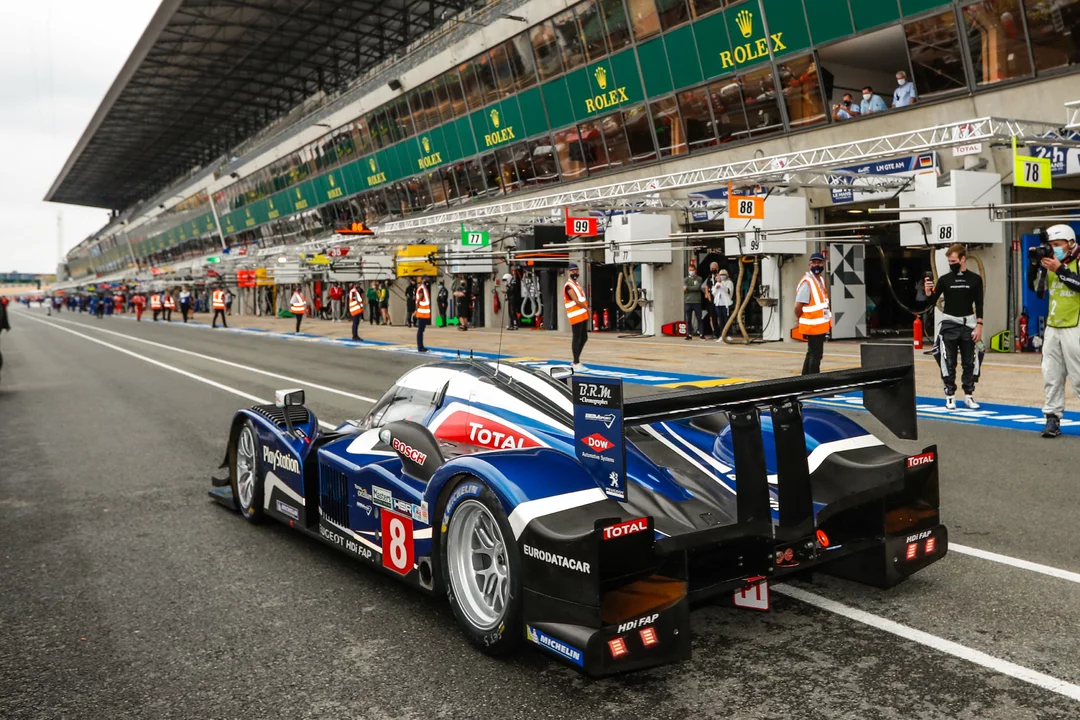Why is Le Mans a 24-hour race? Why is it so long?
- Post By Landon Speedwell
- on May 5 2023
- 0 Comments

The History of Le Mans and the 24-Hour Race
Le Mans, a city in France, has been the home of one of the most prestigious and challenging racing events in the world since 1923 - the 24 Hours of Le Mans. This race has a rich history, with automakers and drivers alike pushing the limits of endurance, speed, and technology to emerge victorious.
But why is the race 24 hours long? Let's dive deep into the history and significance of this unique event to better understand the reasons behind its duration.
The Birth of the 24 Hours of Le Mans
In the early 20th century, Europe was witnessing the rise of the automobile, and with it came intense competition between automakers to showcase their engineering prowess. The idea for a 24-hour race was proposed by Georges Durand, secretary of the Automobile Club de l'Ouest, as a way to test the endurance, reliability, and energy efficiency of these new machines.
Unlike typical races that focus on speed, the goal of the 24 Hours of Le Mans was to see which car could cover the most distance in a day-long race. With this new challenge in mind, the first 24 Hours of Le Mans race was held on May 26-27, 1923.
Endurance: The Ultimate Test for Man and Machine
Le Mans stands out from other races due to its focus on endurance. This makes it a unique challenge for both drivers and their vehicles. The 24-hour format means that drivers need to maintain concentration and stamina for an extended period of time, while their cars need to be built to withstand the rigors of racing for a full day.
Endurance racing also tests the reliability of the cars' components, such as the engine, transmission, and brakes. This has led to numerous technological advancements over the years, as automakers strive to create cars that can withstand the demanding conditions of the race.
Changing Conditions: Day and Night Racing
Another aspect that sets the 24 Hours of Le Mans apart from other racing events is the fact that it takes place during both day and night. This adds another layer of difficulty to the race, as drivers must adjust their strategies and driving styles to accommodate the changing conditions.
During the night, visibility is reduced, and fatigue can become a more significant factor. Drivers rely on their headlights, racing instincts, and the guidance of their team to navigate the track in near-darkness, which adds an element of excitement and unpredictability to the race.
Teamwork and Strategy
No driver can go the distance alone in the 24 Hours of Le Mans. Each team consists of three drivers who take turns behind the wheel, with each driver typically completing a two-hour stint before handing over to their teammate. This requires seamless communication and coordination between drivers and their support crews.
Moreover, teams need to employ strategic thinking when it comes to fuel, tire changes, and pit stops. Knowing when to push the car to its limits and when to conserve energy can be the difference between victory and defeat.
Weather Challenges
Weather is another unpredictable factor that comes into play during the 24-hour race. Rain can make the track slippery and treacherous, while high temperatures can put additional strain on both drivers and their cars. Being able to adapt to changing weather conditions is crucial for success at Le Mans.
Throughout the race's history, there have been numerous instances of dramatic weather changes, such as sudden downpours or scorching heat, which have tested the adaptability of drivers and teams.
The Iconic Circuit de la Sarthe
The Circuit de la Sarthe, the track on which the 24 Hours of Le Mans takes place, is another reason for the race's unique challenge. The circuit is a mix of public roads and purpose-built sections, totaling 13.626 kilometers (8.468 miles) in length.
Notably, the track features the Mulsanne Straight, a 6-kilometer (3.7-mile) stretch of road where cars can reach speeds of up to 340 km/h (210 mph). The layout of the circuit, combined with the varying conditions, puts immense stress on the cars and tests their performance and reliability.
Technological Innovations Born at Le Mans
The demanding nature of the 24 Hours of Le Mans has led to numerous innovations in automotive technology. From advancements in aerodynamics to improvements in fuel efficiency, Le Mans has been a proving ground for new ideas and concepts.
Some of the most notable innovations include the development of the disc brake, which was first used successfully in a Jaguar during the 1953 race, and the introduction of hybrid technology by Audi and Toyota in the 2010s.
A Legendary Race with a Lasting Legacy
The 24 Hours of Le Mans is more than just a race; it has become a symbol of endurance, adaptability, and the pursuit of excellence. The race's grueling format has pushed drivers, teams, and automakers to their limits, leading to countless innovations and unforgettable moments.
Ultimately, the 24-hour duration is at the heart of the race's unique challenge and enduring appeal, making it one of the most revered events in the world of motorsports.
- le mans
- 24-hour race
- endurance
- history